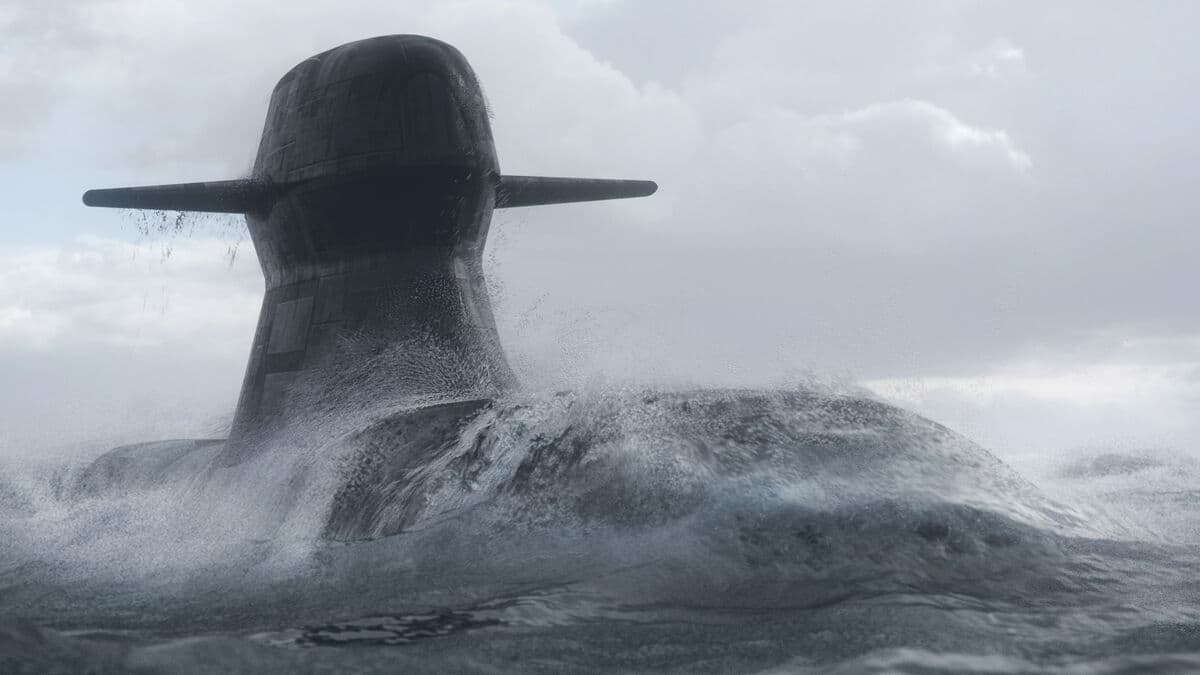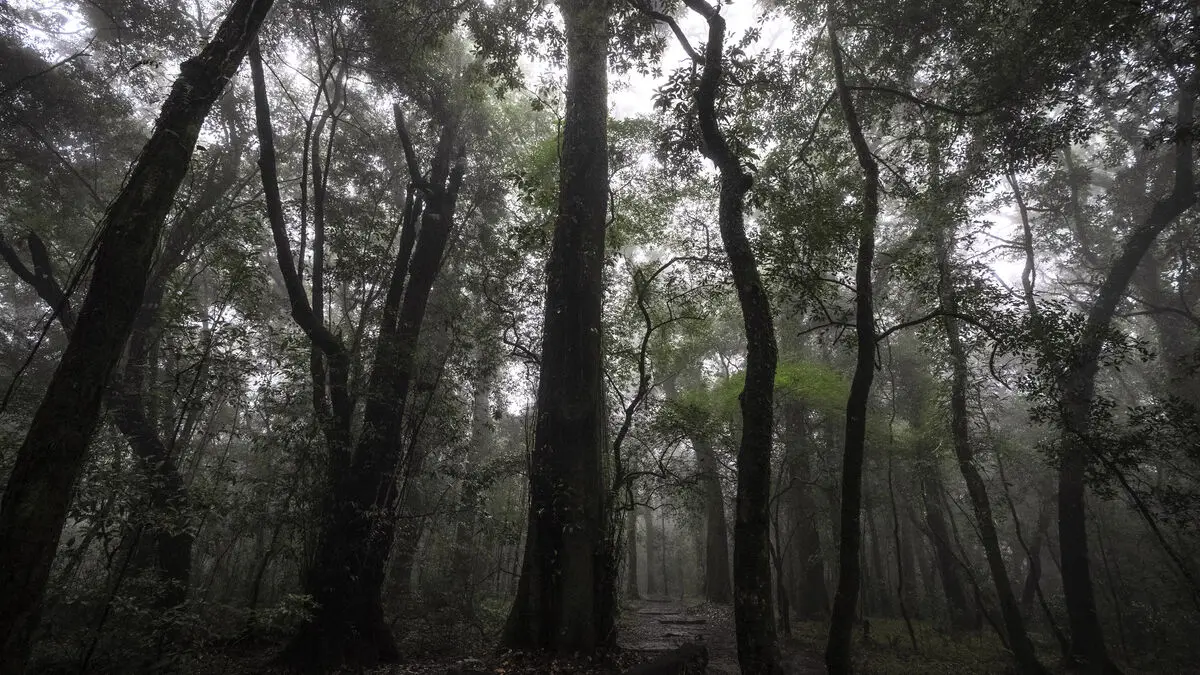The State of the Cryosphere report has been published annually for the past five years and each year it is an increasingly depressing read, says Gustaf Hugelius, deputy director of the Bolin Centre for Climate Research and one of the researchers behind the report.
When you have the overall picture, these are such large and pervasive global changes that we are already bound to and that will affect us for several hundred years to come.
Big changes
To slow sea level rise from melting ice to a manageable level, a long-term temperature target of, or even below, 1 degree of warming is required. Just staying at 1.2 degrees of warming will likely result in several meters of sea level rise over the next few centuries.
At current trends, we could be talking about sea level rises of five, six, maybe ten meters within just a few hundred years. Adapting to something like that means moving cities like Shanghai and New York – these are incredibly large changes to infrastructure and interventions in people's lives.
Rising sea levels will also pose a threat to food supplies when fertile soils in river deltas, which currently account for much of the world's food production, are submerged.
The report also notes that permafrost, which many may not think of as part of the Earth's ice sheets, has gone from sequestering carbon to emitting more carbon dioxide than it absorbs.
Can be avoided
At the same time, the report points out that the worst impacts are still avoidable. Even if the global 1.5-degree target is exceeded by up to 1.8 degrees, it is possible to lower temperatures this century. But it will require a combination of aggressive emissions reductions and land-based technologies to remove carbon dioxide.
The report is being released just days before the UN climate summit COP30. Gustaf Hugelius believes that decision-makers should act based on the knowledge available.
It's a very bleak picture where we are really committing ourselves to harm that not only affects us who are alive today but also several future generations. If you as a decision-maker actually get a clear picture of what this means, it's only a given that it is completely unacceptable. It must not happen.





